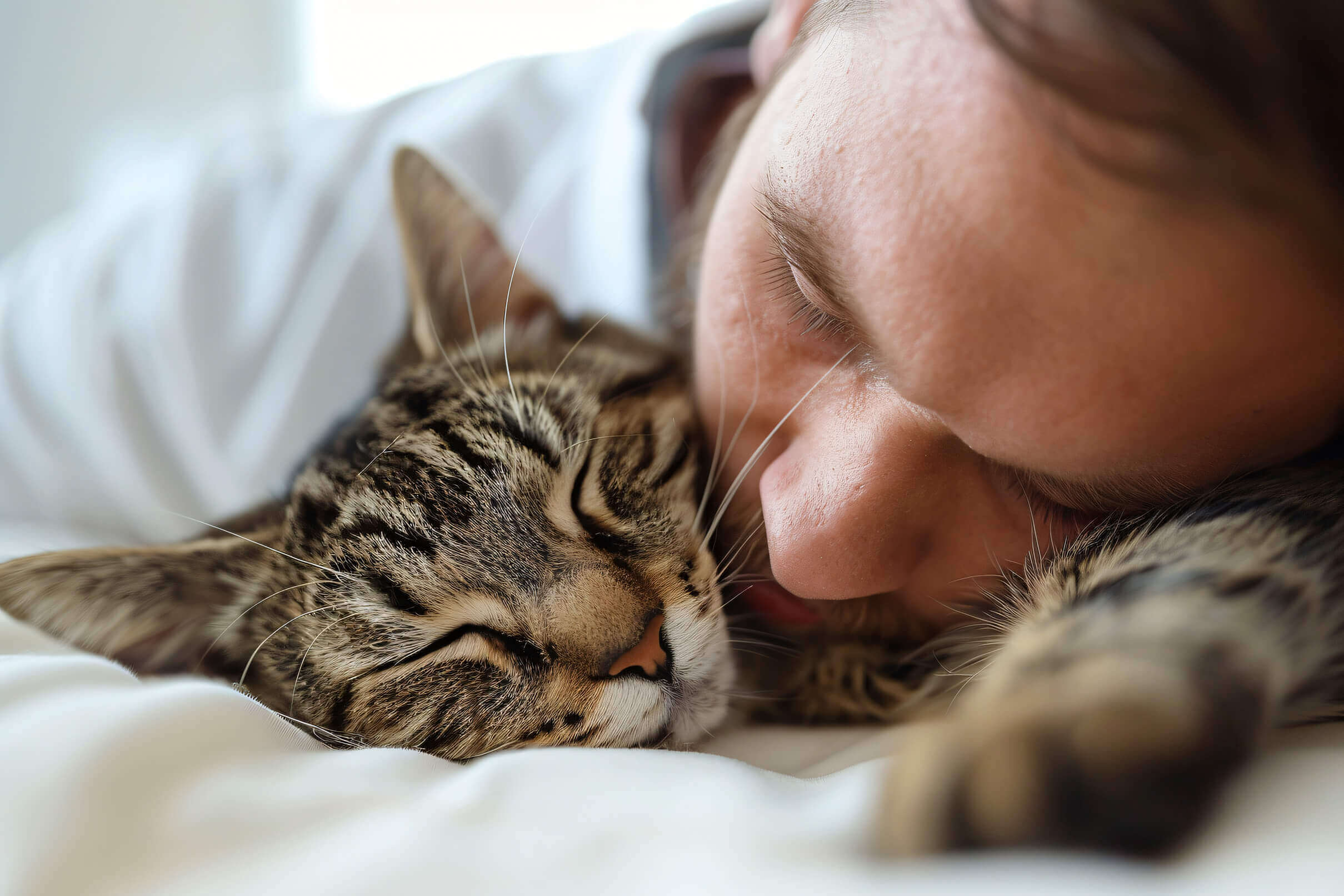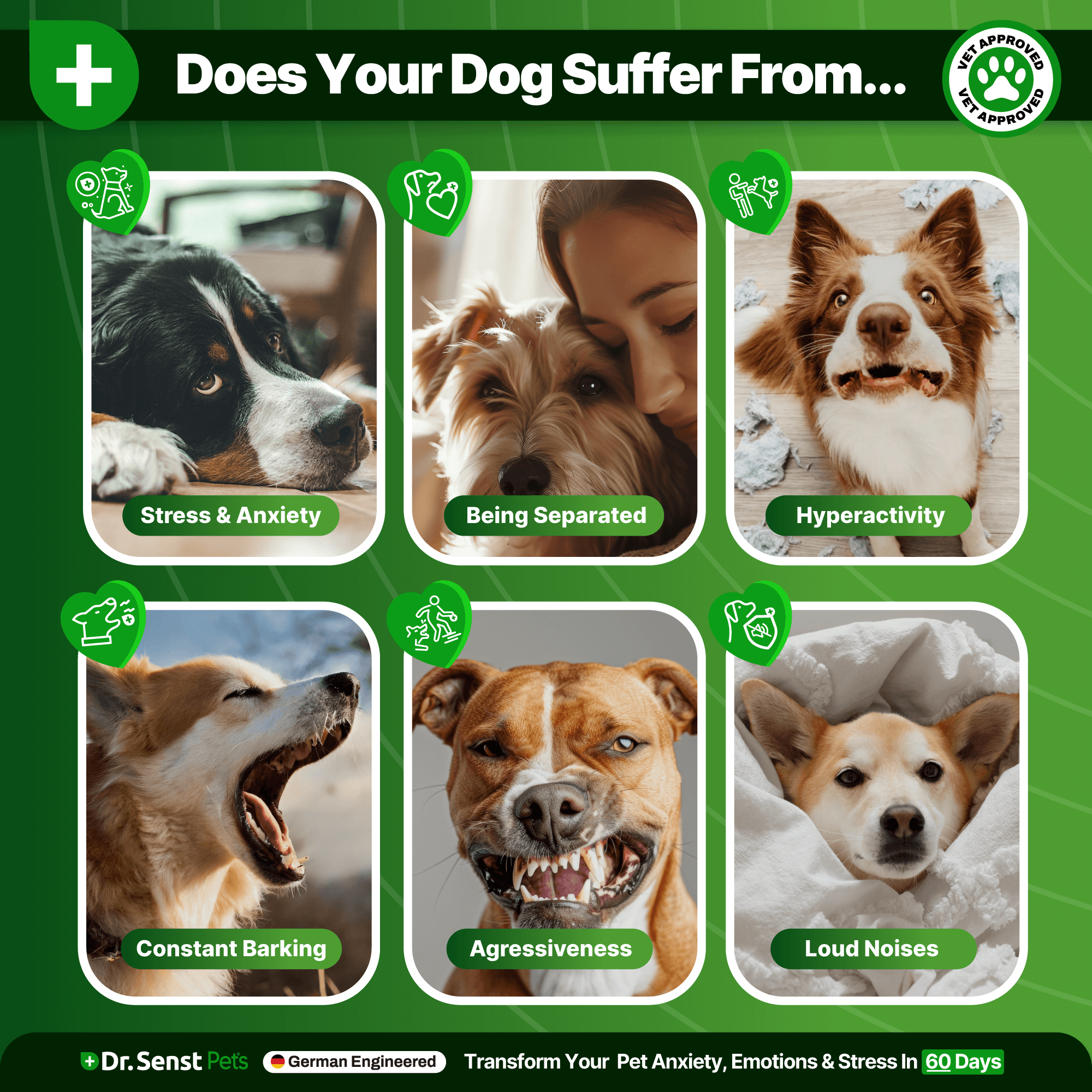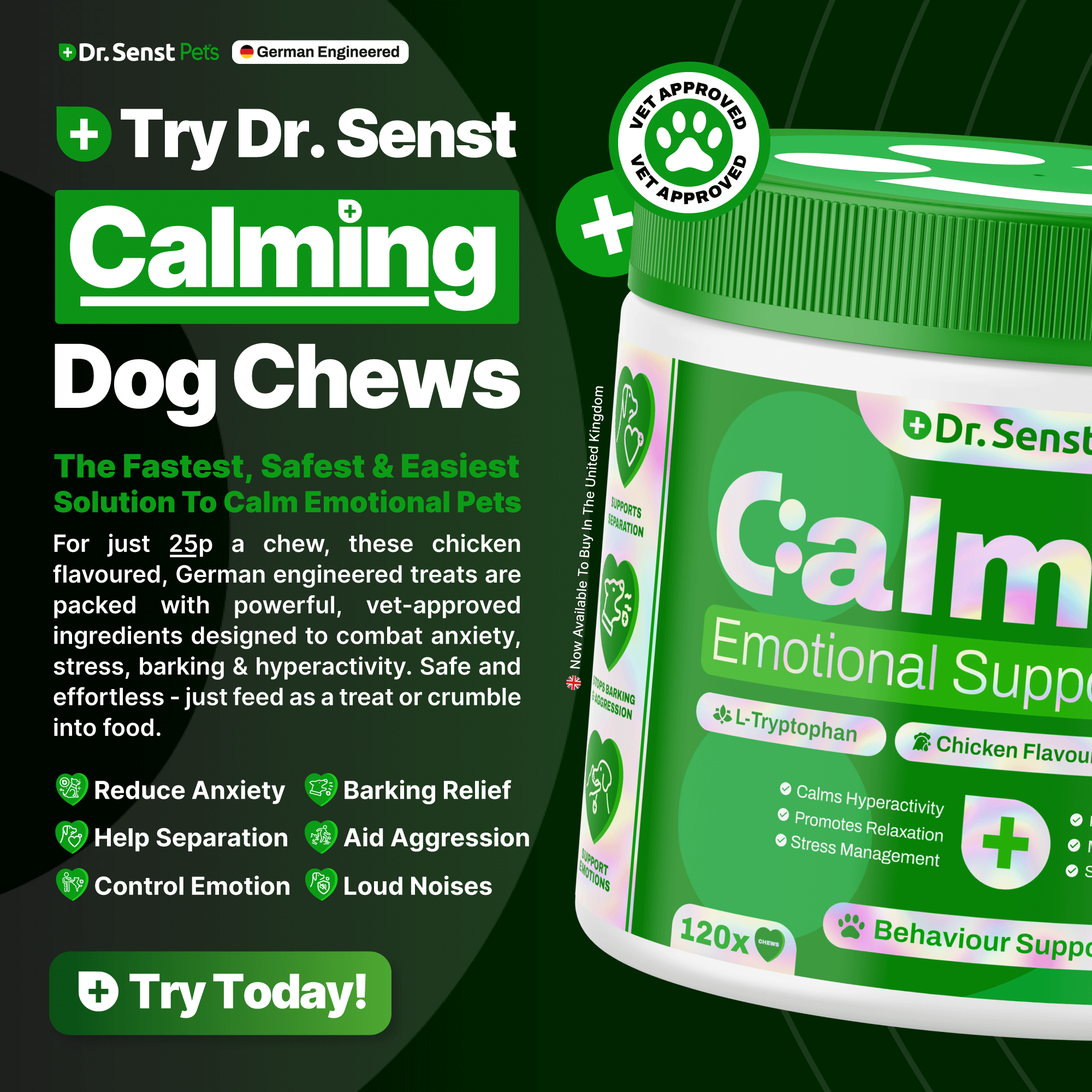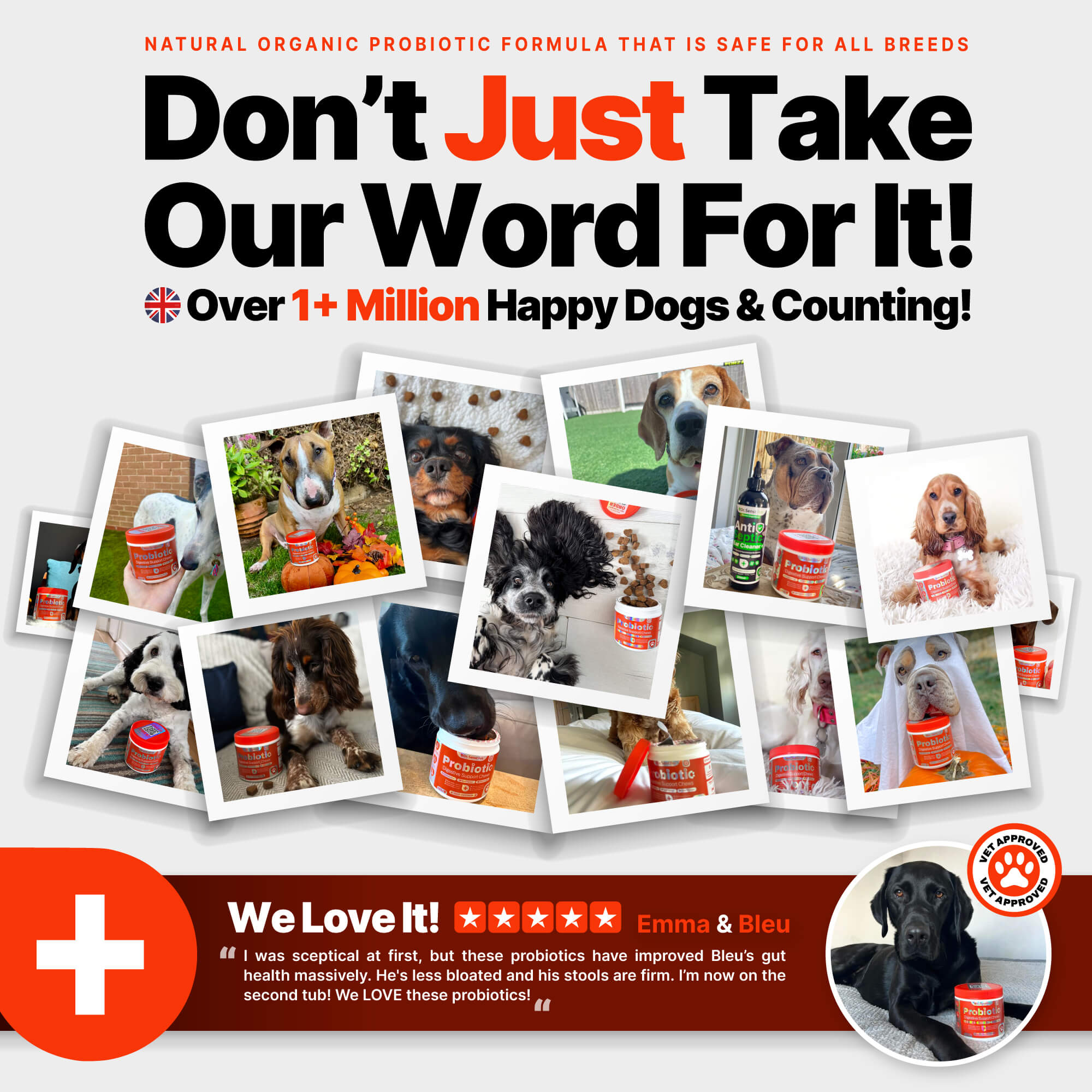
- by Dr.Thilo Senst
Keep Your Kitty Zen: Best Calming Treats and Expert Recommendations
- by Dr.Thilo Senst
This site uses cookies for better user experience and analytics.

Let’s face it, cats are the undisputed monarchs of the household. One minute they’re snoozing atop your best cashmere jumper like it’s their personal throne, and the next they’re bounding across the living room, scattering your meticulously arranged throw cushions like confetti at a wedding. But as much as we love them, sometimes these regal fur-balls get a bit stressed, anxious, or downright cranky—cue the hissy fits, the furniture-scratching tantrums, and the “I’m ignoring you now” side-eyes. Enter the world of Cat calming: a delightful realm where you can gently coax your cat back to a zen-like state, minus the drama.
In this article, we’ll explore everything you need to know about cat calming, from top-notch treats that promise peace to expert recommendations that help you maintain your feline’s tranquillity. Expect comedic analogies (think “Jimmy Carr meets whiskered wisdom”), UK-based stats, plus an FAQ and a few handy tips. By the end, you’ll be armed with enough comedic confidence and real knowledge to handle any kitty meltdown, all while having a jolly good laugh along the way.
So, fluff up that cat bed, brew a cuppa (for you, not the cat), and let’s dive into the delightful yet occasionally maddening quest to keep your cat calm, content, and free from the tyranny of everyday stress.
A fair question: cats do spend up to 16 hours a day napping, so how do they have time to fret? Well, even the most regal feline can get stressed by changes like a new sofa, a second cat, or that suspicious patch of sunlight shifting across the floor. Some kitties are just more sensitive, reacting to minor upsets with hissy fits or random bouts of redecorating your curtains (with their claws).
Cat calming is crucial because feline stress can lead to unsavoury behaviours—spraying, hiding, endless meowing at 3 a.m., or even ignoring you in a huff (though let’s be honest, that could be their standard MO). Addressing their anxiety helps maintain your cat’s well-being, your relationship with them, and your fragile sanity. And if you prefer your sofa not shredded into confetti, you’ll definitely want to keep reading.
We Brits love a good statistic, so let’s see what the numbers say:
PDSA (People’s Dispensary for Sick Animals)
Cats Protection
These figures confirm that many cats experience stress or anxiety in some form, making cat calming an essential aspect of modern pet parenting. Not that you needed a statistic to confirm your cat’s occasional meltdown, but hey, knowledge is power (and, hopefully, comedic relief).
Imagine your cat as a super-enthusiastic Pilates instructor high on espresso: bounding from place to place, hyper-focused on anything that moves, and possibly issuing random meows that sound suspiciously like commands. Now, you wouldn’t want your real Pilates instructor hopped up on a dozen cappuccinos, right? They’d be shouting positions too quickly, ignoring your pleas for a break. The same goes for your cat—a little energy is fun, but too much can spiral into anxiety.
Cat calming solutions effectively swap that triple espresso for a soothing herbal tea, encouraging your cat to say, “Oh, is that a comfortable cushion? I’ll just purr here for a while,” instead of “Let’s climb the curtains at 2 a.m. because existence is thrilling and possibly terrifying!”
The market is awash with calming products these days. You’ll see everything from cat calming chews to hemp-based oils, each claiming to be your feline’s ticket to Chillville. Let’s explore a few categories:
In broad strokes, these treats often incorporate soothing herbs, amino acids (like L-theanine), or mild calming substances. They target a cat’s neurological processes, helping to reduce the brain’s “stress signals” or increase the production of “relaxation signals.” It’s akin to sipping a calming cup of chamomile tea when you’re nervous—except your cat’s tea is disguised as a crunchy fish-flavoured morsel.
Why bother with cat calming treats at all?
Think of your cat as a diminutive CEO, always on the lookout for potential crises—like that suspicious leaf outside the window or the ominous shadow your radiator casts at twilight. If your cat’s CEO brain is always in crisis mode, it’ll eventually snap, deciding the litter box is no longer “viable real estate” or that meowing at 3 a.m. is the only solution.
Cat calming treats and strategies function like a calming holiday for that overworked CEO. They help the feline mind step away from the metaphorical office, lounge by a sunbeam, and occasionally check emails (i.e., sniff the perimeter) at a leisurely pace—rather than sprinting around as if the tail is on fire.
Cats can be suspicious of new things, especially if they suspect you’re up to something that might infringe on their sovereignty. Here’s how to ease them in:
While cat calming treats can do wonders, synergy is key. Combine them with these comedic strategies:
Over-Reliance on Treats Alone
Ignoring Underlying Health Issues
Treat Overdose
Lack of Patience
Imagine a simple line graph:
Over the first few days, you might see a gradual dip in that anxiety line, eventually plateauing at a comfortable low. If you notice zero improvement, reevaluate your approach or consult a vet/animal behaviourist. Because we can’t expect cat calming to morph your cat into a Zen master overnight, but we can expect a steady shift from meltdown to mildly ruffled.
Q1: Do cat calming treats work for all cats?
A: Not every feline responds the same way—some might become calm as a cucumber, while others remain unimpressed. Genetics, personality, and environment all play a role.
Q2: Can kittens have cat calming treats?
A: Many are safe from around 4-6 months old, but always check product guidelines or talk to your vet. Kittens already have enough mania without excessive sedation or odd side effects.
Q3: Will calming treats knock my cat out cold?
A: Typically, no. These are meant to reduce anxiety, not induce a cat coma. Expect mild relaxation, not a snoozing blob of fur all day long.
Q4: Can I pair cat calming treats with prescription meds?
A: Possibly—but always run it by your vet first. Interactions between natural remedies and prescription meds can be complicated, and we’d rather not star in the next science fiasco.
Q5: Do I give calming treats daily or only during stressful events?
A: It depends. For chronic anxiety or multi-cat tension, daily usage might help. For acute events (like fireworks night), a short-term approach works fine.
Q6: Are cat calming treats a replacement for behaviour training?
A: Not entirely. Treats can help manage symptoms, but addressing the environment, triggers, and potential underlying health issues is essential for long-term peace.
When push comes to shove, cats are majestic, hilarious, occasionally insane fluff-bundles that bring us endless joy—and occasional migraines. If your cat’s stress levels spike at the sight of a new cushion or the faint jingle of the postman’s keys, cat calming treats and strategies can help them find their mellow centre. Combined with a stable environment, interactive play, and consistent routine, these treats can transform your cat from a neurotic furball into a confident couch-napper.
Still, remember that the comedic side of cat parenting is half the fun. Embrace the random meowing at the window, the occasional sprint across your keyboard, and the majestic plop in your fresh laundry. Because once you figure out the perfect formula for cat calming—be it herbal treats, hemp oils, or pheromone-laced wonders—you’ll enjoy a cat that’s chill, content, and only occasionally looks at you like you’ve done something wrong (which, in a cat’s mind, you probably have).
And now, to top off this comedic expedition with practical flair, allow me, Dr. Thilo Senst, to recommend a few items from the Dr. Senst Pets range that can work wonders alongside your cat calming routine:
Dr. Senst Cat Calming Hemp Oil for Cats - A gentle hemp-based oil to help your anxious kitty mellow out. Perfect for that “my cat’s hyper as a toddler after sweets” scenario.
Dr. Senst Antiseptic Itchy Cats Spray - Stress can lead to overgrooming, which can lead to itchy patches. This antiseptic spray soothes minor irritations before your cat transforms into a patchy hairball.
Use one or more of these products in tandem with the cat calming tips you’ve gleaned here, and you’ll soon find your cat gliding around like a serene yogi—perhaps minus the yoga pants but definitely sporting a restful purr. Because at the end of the day, a happy, stress-free cat is a joy to behold, comedic antics included.
Now go forth, comedic caretaker, and show your cat that calm, content living is the new black (or tabby, or calico, or whatever suits your feline’s fancy). May your cat’s whiskers remain unruffled and your curtains remain unshredded. Good luck on the quest for kitty zen!
![]()
Enter your details & download our comprehensive 50+ page printable Dr. Senst Pet Care Planner completley FREE! - keep track of all your pet’s needs, from medical history and training to vet visits, grooming, diet, and more!

🇬🇧 NOW AVAILABLE IN THE UK 🇬🇧
Our products start from as little as 2p per dose, making it easy to support your pets health without overspending. From general wellness to specific health needs, we have the perfect solution for every pet.
































Share:
Home Healing 101: How to Clean Your Dog’s Injury in Easy Stages
Tummy Trouble? Top Probiotics Perfect for Your Dog’s Delicate Digestion